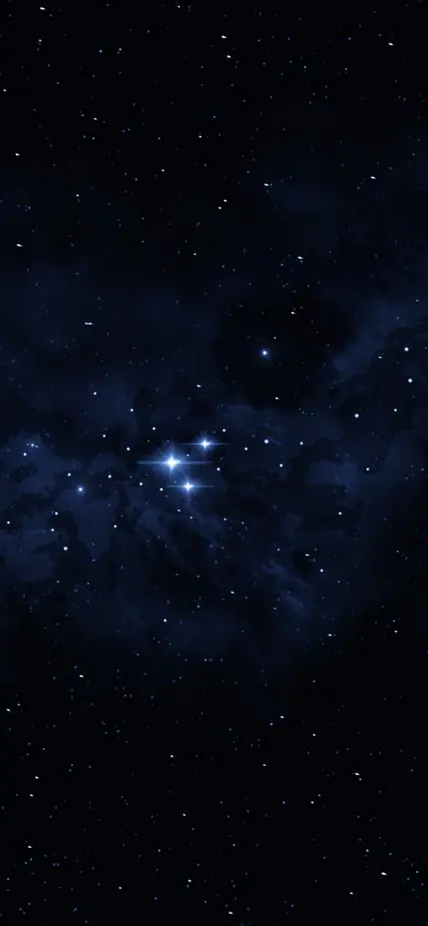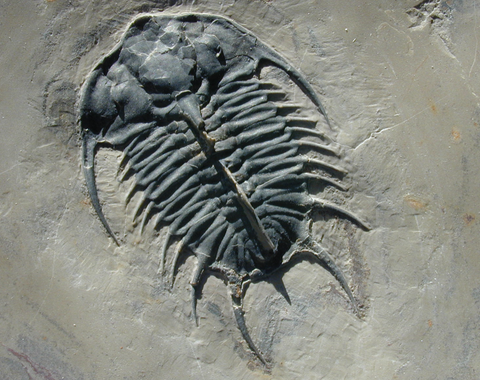Each year, Carnegie Science scientists and staff submit original artwork for our annual holiday card contest, a tradition that highlights the creativity and talent of our community. This year brought another fantastic turnout of imaginative designs. After careful review, the contest has been narrowed down to three outstanding finalists.
Now we’re turning to the broader Carnegie community to help us select the winning design.
Cast your vote by Wednesday, October 8, at 11:59 p.m. ET. On the polling page, you’ll be able to view each image along with its title. Voting is open to all, and you may vote as many times as you like. We encourage you to share the poll with friends and family.
2025 Holiday Card Finalists
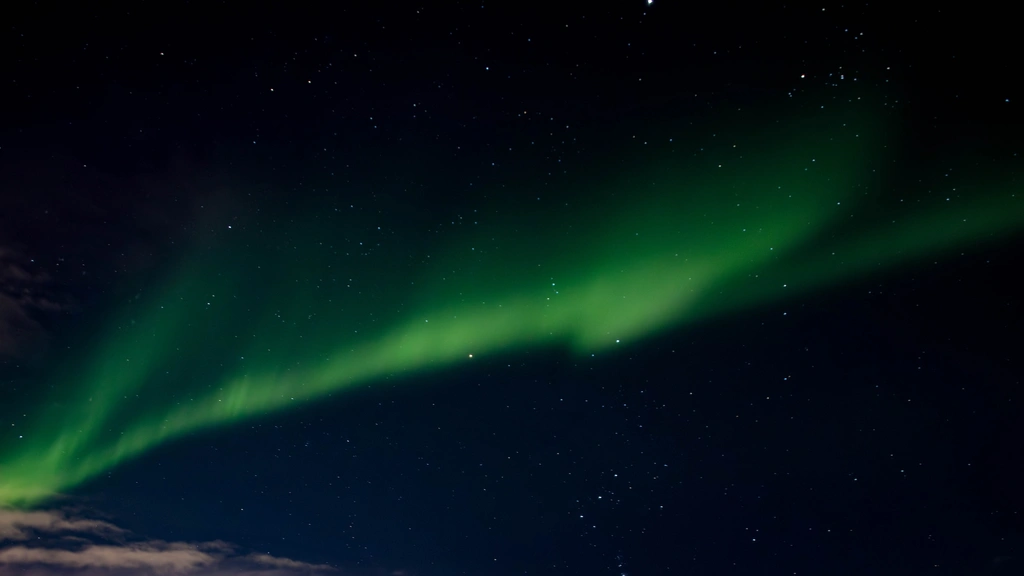
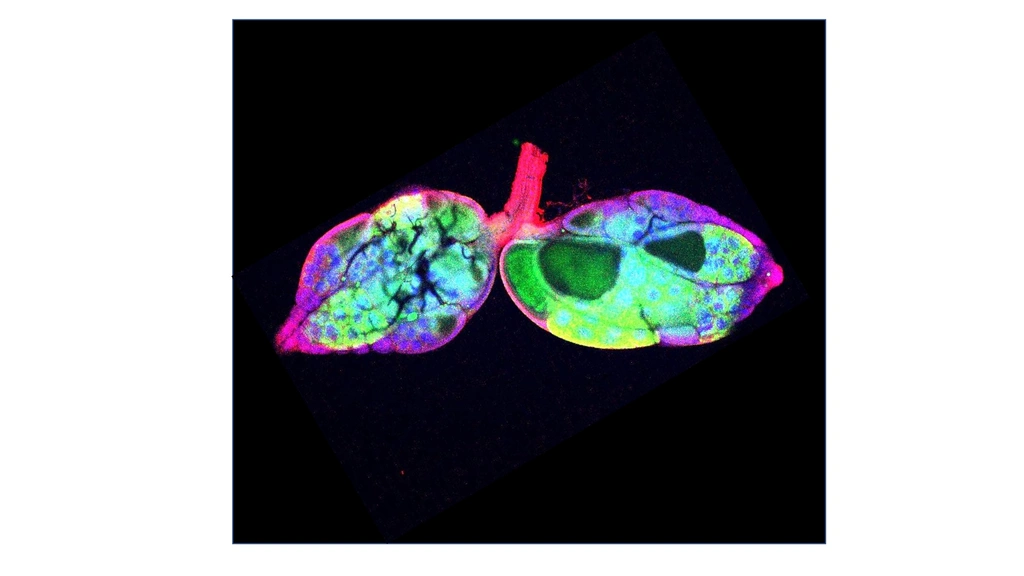
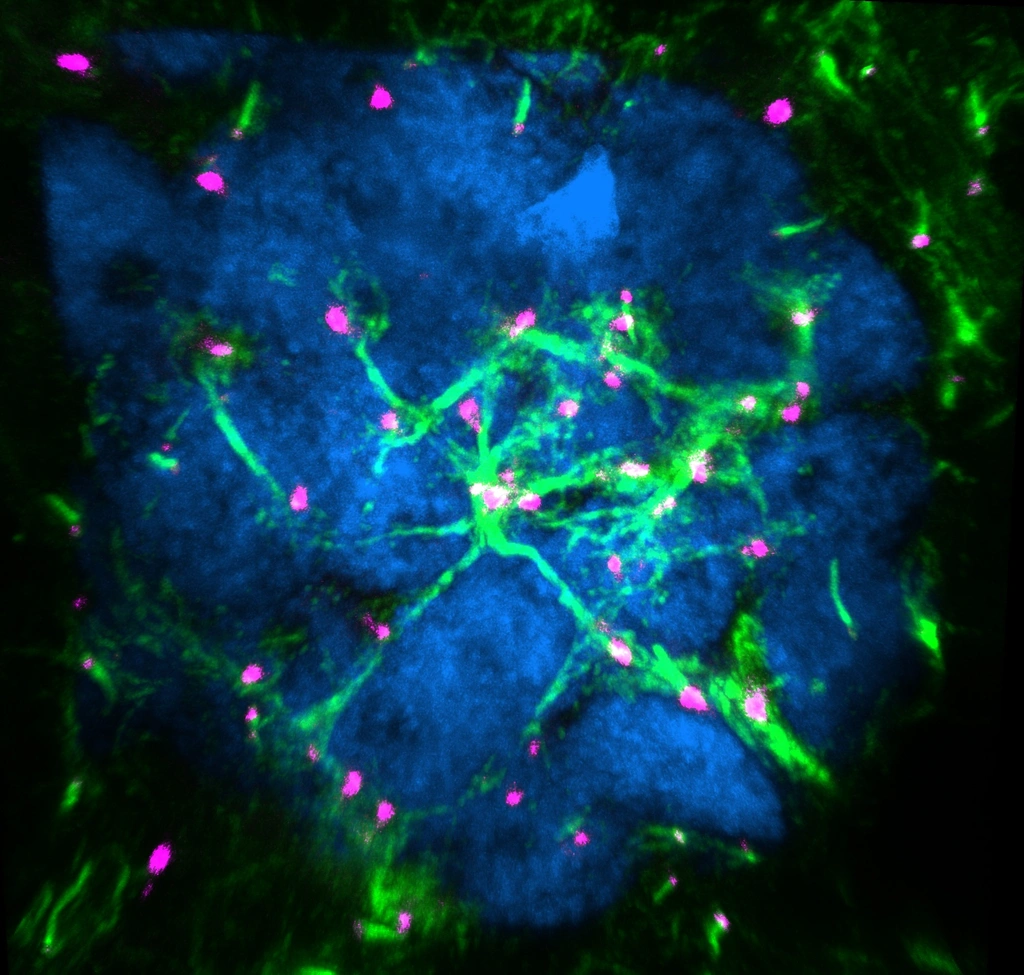
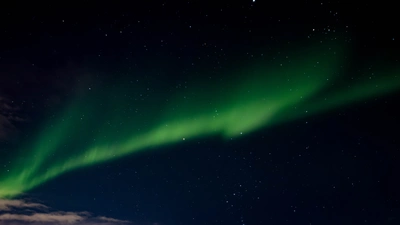
Aurora Borealis
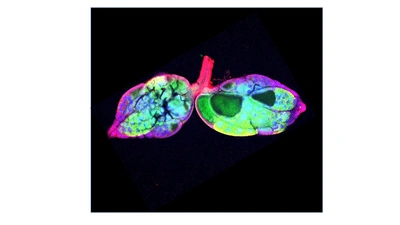
Duet of Drosophila Ovaries
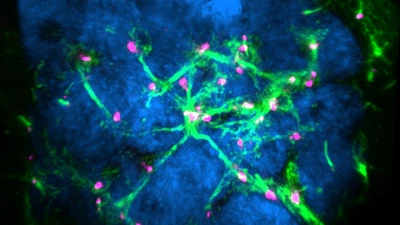
Sister cell interactions in a frog ovary cyst
The winning artist will remain anonymous until the design is unveiled later this year in Carnegie Science’s official digital holiday card.
This contest is one of our favorite seasonal traditions—a celebration of both science and creativity within our community. Thank you to everyone who submitted artwork, and best of luck to our finalists.
Happy voting!
Spotlight on Past Winners
Past winning designs have featured everything from dazzling astronomical imagery to intricate cellular artwork. These pieces reflect both the scientific spirit and artistic talent across Carnegie Science.
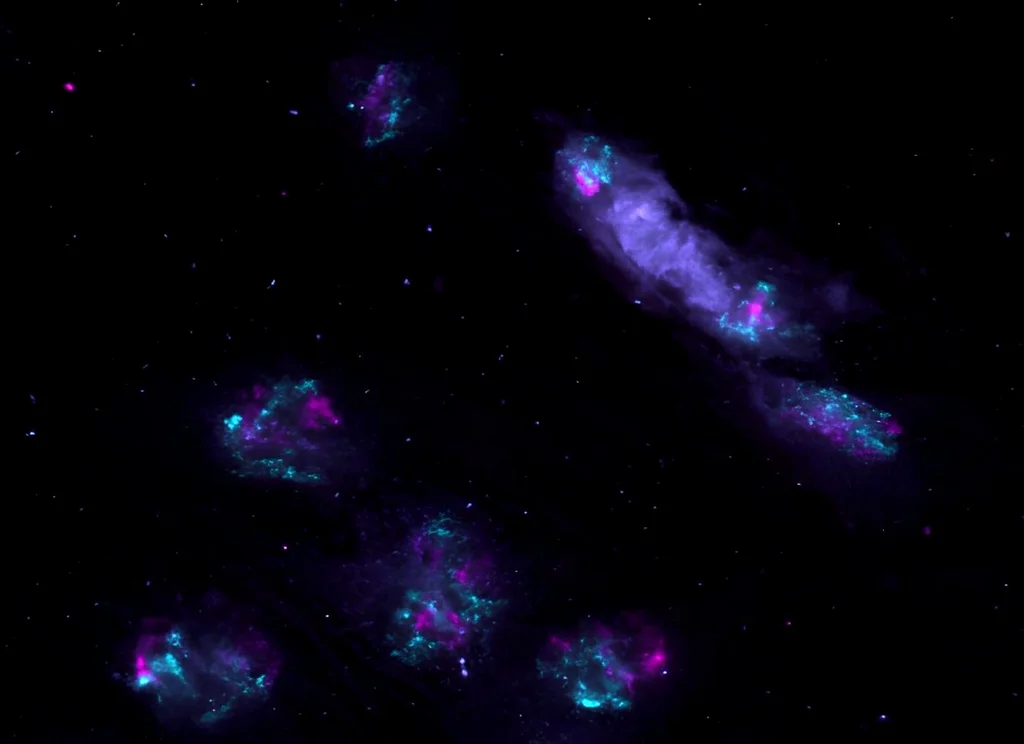
This image shows two chromosomes labeled with cyan (chromosome 1) and magenta (chromosome 4) fluorescent tags in heart muscle cells that are lacking the protein Lamin-B1. This important nucleoskeletal protein plays a crucial role in organization of the nuclear envelope. Without it, chromosomes are stretched and distorted, creating a galaxy-like appearance.
Artist: Katherine Bossone, Graduate Student, Zheng Lab Biosphere Sciences and Engineering
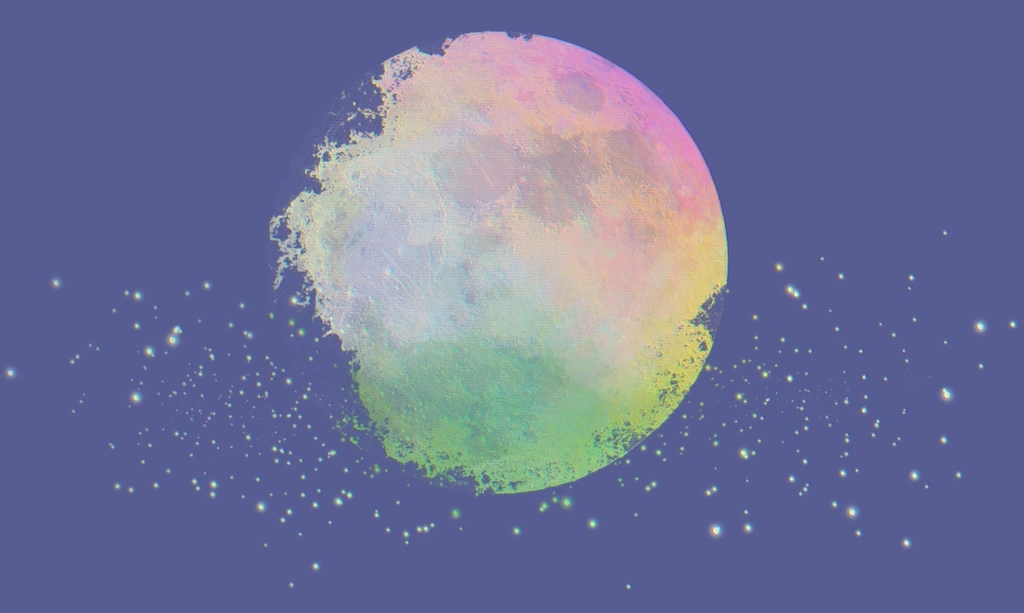
This artwork features a rainbow-colored moon as a metaphor for Earth and climate change. The stars around the moon symbolize endless possibilities in the universe, emphasizing our duty to protect our planet while exploring the cosmos. It was created by blending vibrant colors into a moon-shaped canvas, with the intent to underscore the interconnectedness and responsibilities of all humankind to safeguard our planet as we venture further into the galaxies beyond our own.
Image by Frances George, Assistant Business Manager, Carnegie Observatories
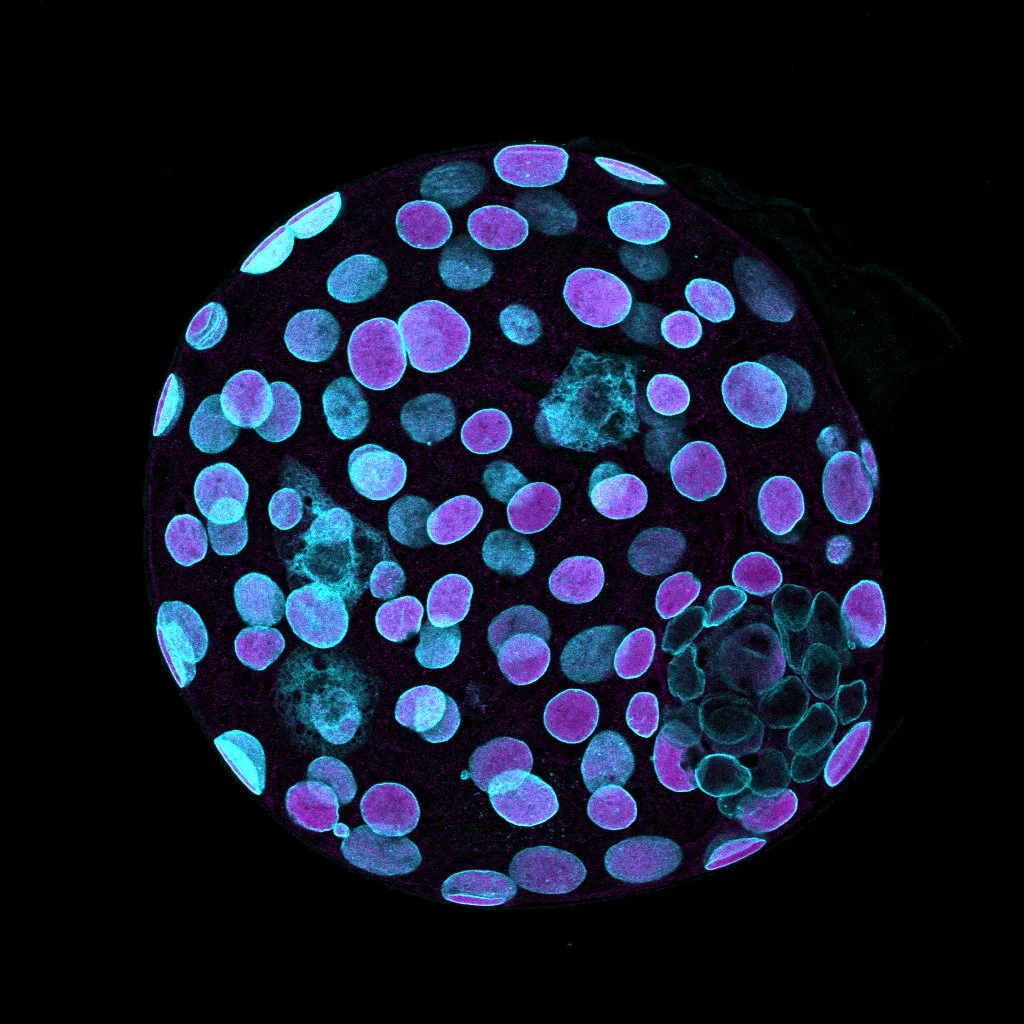
This is an image of lamin proteins, a component of the cytoskeleton, found in trophoblast cells during the blastocyst stage of a mouse embryo. The image was captured during an experiment at the Department of Embryology which was studying whether a particular lamin gene is preferentially expressed in cells destined to become the placenta.
Sara Debic, Graduate Student, Carnegie Science Biosphere Sciences & Engineering | Department of Embryology
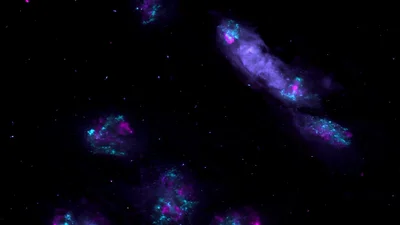
2024 | Galactic Echoes in the Heart of Cells
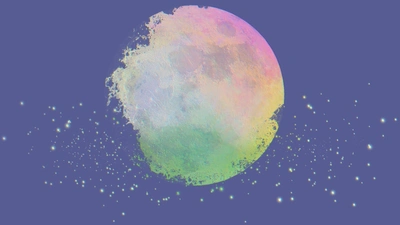
2023: Rainbow Moon
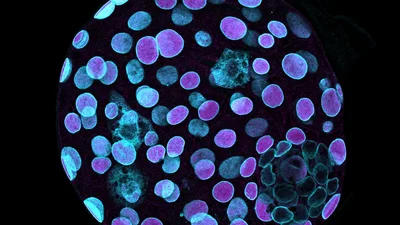
2022 | Embryonic Light
